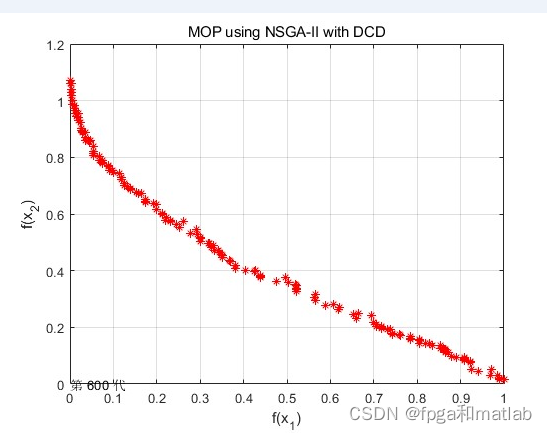Polycarp has just invented a new binary protocol for data transmission. He is encoding positive integer decimal number to binary string using following algorithm:
- Each digit is represented with number of '1' characters equal to the value of that digit (for 0 it is zero ones).
- Digits are written one by one in order corresponding to number and separated by single '0' character.
Though Polycarp learnt how to encode the numbers, he has no idea how to decode them back. Help him calculate the decoded number.
The first line contains one integer number n (1 ≤ n ≤ 89) — length of the string s.
The second line contains string s — sequence of '0' and '1' characters, number in its encoded format. It is guaranteed that the number corresponding to the string is positive and doesn't exceed 109. The string always starts with '1'.
Print the decoded number.
3
111
3
9
110011101
2031
1 /*题目大意:有一种特殊的二进制,1代表一个贡献, 2 如3代表111,5代表11111,每个数字之间用0隔开, 3 如506就是111110111111,有一种特殊的情况就是100, 4 就代表两个0分割开的数字是0,没有贡献 5 6 题目思路:我们碰到1,贡献加1,碰到0, 7 输出这个贡献,贡献清零,需要注意的是最后还要继续输出这个贡献, 8 因为最后一位数后面没有零 9 */ 10 #include <iostream> 11 #include <stdio.h> 12 using namespace std; 13 int main(){ 14 int n,a[95],m=0,b; 15 for(int i=0;i<n;i++) 16 cin>>a[i]; 17 for(int i=0;i<n;i++) { 18 if(a[i]!=0) m++; 19 else if(a[i+1]==0) b=0; 20 else if(a[i+1]!=0) m++; 21 } 22 printf("%d",m); 23 }








 已为社区贡献9条内容
已为社区贡献9条内容

所有评论(0)